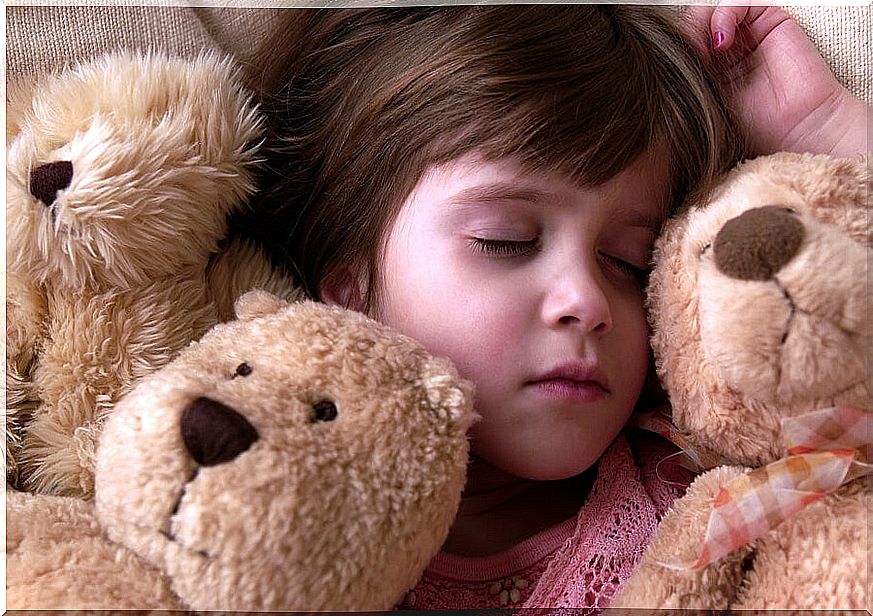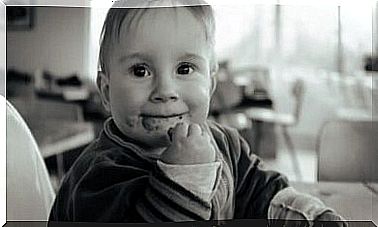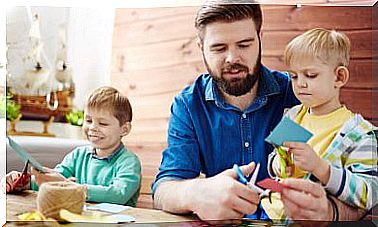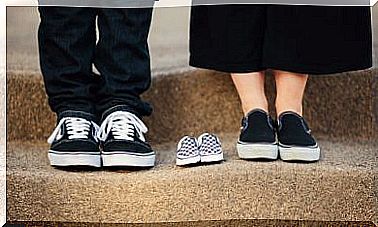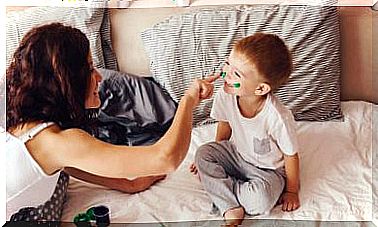Mission Impossible: Can You Replace Your Favorite Toy?
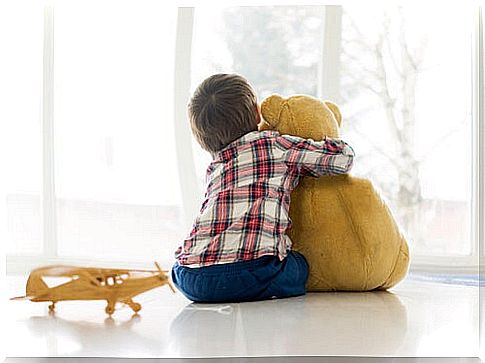
That children have a favorite toy is not a problem, on the contrary, it is something very natural because it is a factor that promotes the security they feel to function in their environment. However, although it is generally a healthy dependency, the time comes when separation is mandatory.
Not necessarily this object that causes obsession to the child has to be a toy; sometimes it’s a blanket, a piece of clothing, a pillow, a pacifier, or even your own little finger. In most cases, it is an object that is very ugly, dirty and broken from constant use ; but it is our children’s favorite, which makes it impossible to take it off.
These objects are also associated with comfort, because when the little ones are going through their worst moment, they come to them with greater intensity. When they are hungry, scared, or angry, they hold on to their favorite toy more tightly.
Replace your favorite toy: an impossible mission
What makes this case an impossible mission is that the child is so attached to this toy that he is very afraid of losing it ; therefore, it can become very painful for him to be detached from him, because he feels a certain dependence. As we all know, the pain of our children is ours too, so we allow him to keep his object of consolation.
However, we parents do not always want to eliminate the use of this object, but we want to replace it; maybe for a cleaner or better quality one. But this is something that children are not very willing to negotiate, resulting in more clinging to the object of attachment.
In this sense, parents begin to see with concern that children are so dependent on their toy and consequently, we desperately activate with the intention of taking them off permanently. However, the sudden separation of these objects can be harmful for the child, because it is part of their transition from babies to more or less independent children.
On the other hand, replacing the toy can also affect the emotional development of the child, because it implies direct separation from his unconditional friend; it also represents the potential risk of the same happening again with the other toy.
5 keys to identifying the child’s relationship with his favorite toy
- They use it to get used to sleeping alone and they always associate it with their mother.
- Your toy is part of your family, that’s why it has a name and a “personality”.
- For the child it is normal and does not constitute a problem, so they do not understand that it is necessary to get rid of it.
- The child feels responsible for this object, takes care of it and accompanies it as if it needed it more than he did.
- This does not represent a danger, on the contrary, it is positive in the development of affective relationships; all depending on the type of toy.
The most worrying toys
Although the parents’ concern about this object resides in the child’s relationship with it, usually the greatest concern is fostered by an aesthetic issue. Parents find it difficult to see our son with a dirty and broken bear, and we are also ashamed that other people see him with a dirty cloth.
It is also undoubtedly a health issue, we believe that children can get sick from contact with this object in such unhygienic conditions. This concern is very well founded, but we must be aware that children do not understand these things.
However, the toy that is never lacking and that tends to cause more radical concern is the pacifier. Sometimes children did not even have a favorite toy, but became so attached to the pacifier or sucking on their own finger that this becomes their favorite activity.
The pacifier is harmful when its use is permanent and prolonged, that is why it is the king of parents’ concerns. In this sense, although no one wants their child to be very attached to a toy, it is the pacifier that we all take care of the most.
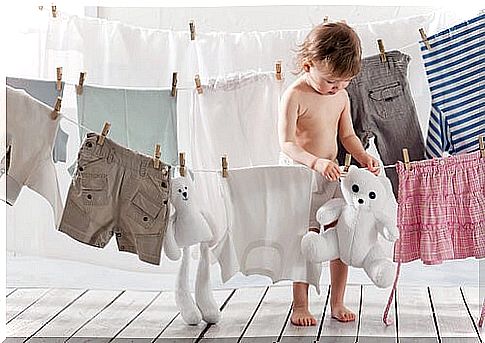
The specialists consider that there are no reasons to be alarmed by the fact that the child has a favorite toy, it does not constitute a danger, nor is it a sign of any emotional or neurological problem; it is also not indicative of weakness.
In this sense, the recommendation is to be patient and loving in the way of acting in these cases. Children are sensitive to these objects and the only risk they run with their use is that they fall into teasing, so the best thing to do is to prevent.
